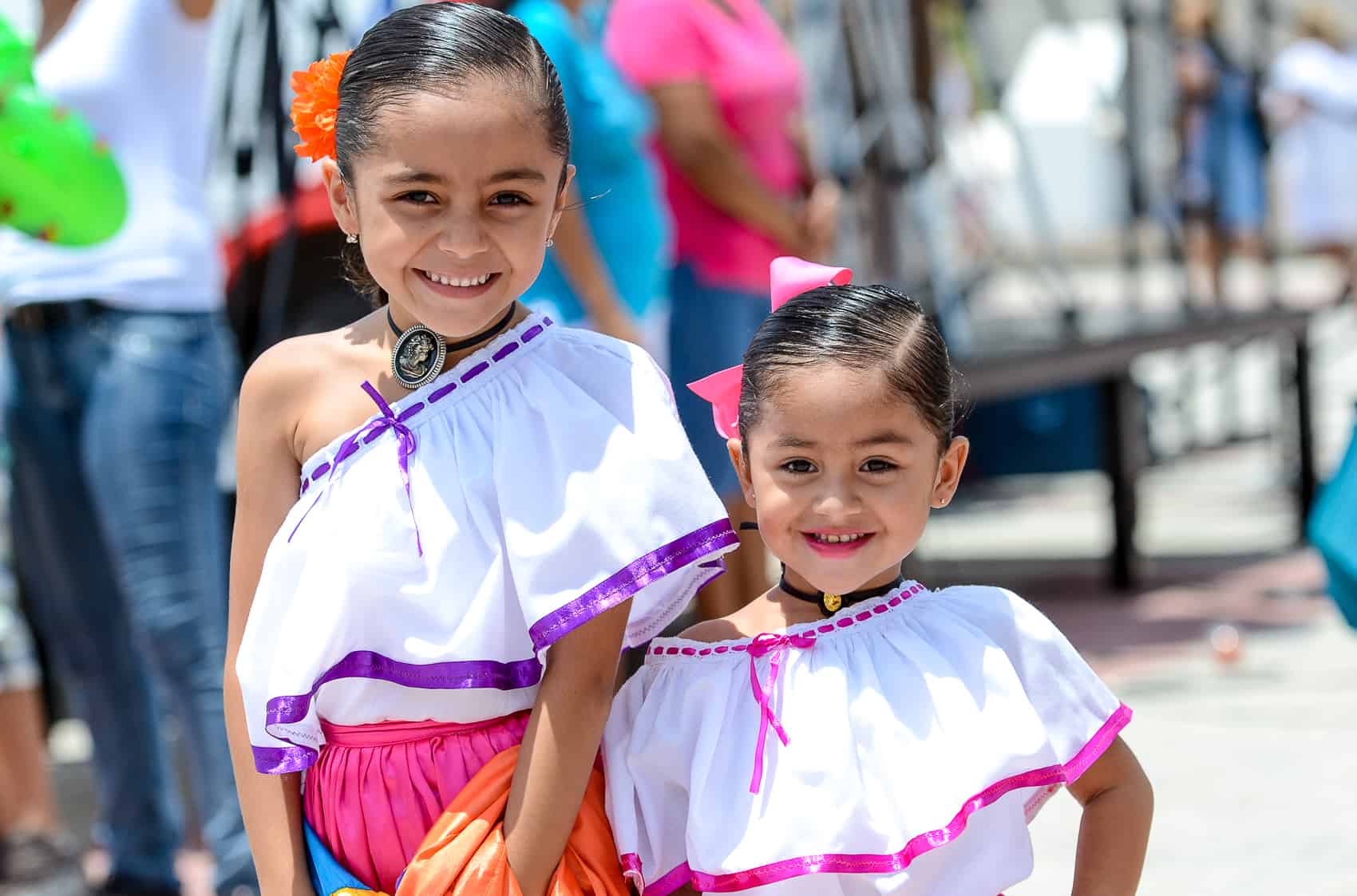This week, the people of the vast northern region of Guanacaste – home of Costa Rica’s most colorful cultural traditions and plentiful natural resources – celebrated their region’s historic decision to become part of Costa Rica. Ticos throughout the country dressed up, danced and paraded through the streets to celebrate the 188th anniversary of the Annexation of Guanacaste on Wednesday.
Most businesses and schools across the country were closed July 25 for the holiday. “Guanacaste is such a big part of Costa Rica,” said college student Josette Fallas, 19. “Both economically and culturally, the region defines who we are as a nation.”
In classes this week, Fallas said she learned about the history of the annexation, practiced playing the marimba, a traditional instrument of the region, and ate food typical of Guanacaste, including many things made of corn such as tamales and tortillas.
The annual holiday commemorates an event nearly two centuries ago, when the Central American Federation approved the region’s request to join Costa Rica.
“The Guanacastecos chose their own destiny,” said Julio Gaemen, a Guanacaste-born historian. “They chose to unite with Costa Rica instead of strife-ridden Nicaragua.”
In 1823, the Central American Federation declared the regions that today belong to Guatemala, El Salvador, Honduras, Nicaragua and Costa Rica independent. This group of states called themselves the United Provinces of Central America, and later became self-governing.
At the time, the communities of Guanacaste’s Nicoya Península identified more with Costa Rica, both culturally and commercially. Gaemen said there was no identified dispute that caused the separation, but the Nicaraguan region was often involved in civil wars.
Juan Muñoz, author of “Liberia, My Tribute To Its Settlers, To My People,” wrote that prominent landowners in Nicoya had private meetings, exchanged ideas and decided to take action.
“The outcome of such resoluteness was the spontaneous insurrection carried out by the inhabitants of Nicoya,” Muñoz wrote. “This happened on July 25, 1824, in order to join the state of Costa Rica. The continuous contact and commercial activity of that department with Costa Rica had developed in all those small towns strong feelings of affection for the country. Such affection became stronger as the state was established.”
To reflect the sentiment of annexation, Guanacastecos recite a popular saying: “De la patria por nuestra voluntad,” which means, “Belonging to the homeland by our own choice.”
Today, celebrations of this historic event take place all week and include all things symbolic of the colorful Guanacaste region – “Tico-style” bullfights (in which self-styled toreadors tease, but don’t harm, the bull), livestock shows, horse parades, rodeos, traditional food, music and dance.
“This event defines our country,” Gaemen said. “It influenced who we are today as Costa Ricans, and everyone should note this celebration and our historical identity.”
For Felix Molina, celebrating the annexation is important because Guanacaste provides so many resources for the country, and it was a choice to become part of Costa Rica.
However, Molina believes the central government in San José has turned its back on the region, echoing recent criticisms from Nicoya Mayor Marco Jiménez, who refused to welcome President Laura Chinchilla for the president’s annual Cabinet meeting in the town. Instead, Chinchilla and her ministers met in the historic city of Santa Cruz – the first president in three administrations to move the location of the meeting from Nicoya.
“It seems like recently the government has abandoned Guanacaste to fend for themselves after the economic crisis a few years ago,” Molina said.
The row between Jiménez and Chinchilla began when the mayor announced he would protest her visit due to the poor condition of roads in the region. He said Chinchilla failed to keep campaign promises to fix the roads. After the controversial remarks by the mayor, Chinchilla announced the plan to move the Cabinet meeting to Santa Cruz.
When Chinchilla visited Nicoya on Wednesday, some local residents held small, peaceful protests, but Jiménez did not take part.
During her speech to Nicoya residents, Chinchilla asked them not to lose hope, and to work with the government to overcome differences. She also changed her somber tone to praise the importance of the holiday.
“This is the most beautiful celebration in Costa Rica,” Chinchilla said. “No battle was won on this day, and no quarrel could spoil it. Here not one drop of blood was spilled in order for us to be brothers in the same land.”
AFP contributed to this story.






